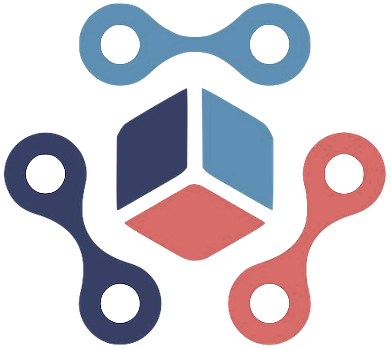In today’s fast-paced tech landscape, perfection is often perceived as a requisite for success. However, Meta’s recent demonstration of its new smart glasses at the Meta Connect conference offers a compelling case for transparency and vulnerability as catalysts for genuine progress. Despite the technical setbacks experienced during live demos—ranging from Wi-Fi glitches to bugs in resource management—Meta’s open acknowledgment of these failures demonstrates a willingness to confront imperfections head-on. Far from being costly embarrassments, such glitches serve as critical learning opportunities that push technological boundaries forward.
This approach signals a shift in how technology companies should handle product launches in an era where transparency fosters credibility. When executives like Andrew Bosworth publicly dissect why demos failed, it cultivates an environment where innovation is recognized as an iterative process fraught with challenges. Instead of masking inevitable difficulties, Meta’s honest reflections reinforce the idea that breakthroughs often emerge not in flawless conditions, but through navigating chaos and setbacks. This attitude champions a culture of continuous learning, shifting the narrative from fear of failure to embracing it as a necessary stepping stone.
The Myth of Perfect Demos and the Reality of Complex Technology
Live demonstrations have long been the centerpiece of product launches, yet they remain inherently susceptible to unpredictable technical issues. Meta’s experience at the conference exposes how even meticulously prepared presentations can falter under real-world conditions. The incident involving the smart glasses’ failure to correctly process a recipe inquiry or the missed WhatsApp call underscores a profound truth: complex systems are inherently fragile when subjected to the variables of live environments.
However, these failures also serve a deeper purpose—they humanize the technology and remind us that even industry giants grapple with the unpredictable nature of innovation. In the case of Meta’s smart glasses, the underlying issues stemmed from fundamental resource planning errors and unexpected bugs like race conditions—a reminder that cutting-edge development is as much about managing complexities as it is about pioneering new capabilities. It pushes developers and users alike to recalibrate expectations and recognize that such difficulties are not fatal flaws but rather indicators of a technology still evolving.
Turning Failures into Opportunities for Growth
Meta’s candid acknowledgment that the Wi-Fi issues were not simply “bad luck,” but rooted in resource management mistakes, exemplifies a pragmatic approach to crisis management. Instead of deflecting blame or sugarcoating, Bosworth’s transparency about the self-inflicted nature of the DDoS-like traffic surge exemplifies a mature attitude towards development mistakes. It reminds teams that the path to sophisticated technological solutions involves missteps, which, if analyzed constructively, can accelerate future iterations.
Additionally, the bug related to the WhatsApp call—an unforeseen race condition—highlights how even minor oversights can disrupt seemingly straightforward features. Yet, Bosworth’s assurance that the team has fixed the problem underscores a crucial point: resilience is built through rapid response and continuous improvement. The incident reveals an essential truth about innovation: perfection is less about flawless execution and more about the capacity to learn swiftly and adapt relentlessly.
Reimagining Future Demos and Consumer Expectations
Meta’s approach signals a broader evolution in consumer technology presentation—moving away from the illusion of perfection towards a more authentic storytelling of growth. For early adopters and tech enthusiasts, witnessing bugs and failures in action humanizes the product, fostering a sense of shared journey rather than unattainable aspiration. This authenticity can deepen trust, stipulating that the company isn’t hiding flaws but working diligently behind the scenes.
Furthermore, it challenges other tech firms to reevaluate their own launch strategies. Transparent discourse about setbacks can demystify the development process, inviting constructive feedback and fostering a community that feels invested in the technology’s maturation. In an era where skepticism about technological “breakthroughs” is widespread, displaying vulnerability becomes a strategic advantage—demonstrating confidence not in a polished product, but in an evolving vision.
Meta’s candid discussion about the live demo failures encapsulates a crucial lesson for the tech industry: progress is a messy, unpredictable journey. Instead of viewing setbacks as failures, they should be perceived as vital data points—signposts guiding future success. The willingness to openly dissect errors embodies a forward-thinking attitude that prioritizes genuine innovation over superficial perfection.
In the grand scheme, these moments of vulnerability inspire a new standard where transparency drives trust, and honesty fuels progress. As technology continues to evolve at an exponential pace, the companies willing to confront and learn from their imperfections will ultimately shape the future, not just of smart glasses, but of innovation itself.

